One day, while everyone was taking an afternoon nap, I decided to wander the non-tourist side of the river to see what there was to discover.
I learned something very quickly… the areas that have high tourist value are showcased, awash in pomp/ceremony, and are designed to draw in tourists. But, there’s a bit of smoke and mirrors in this, because while you’re busy looking at castles and stone streets, you’re missing some of the really unique things that make Ireland and it’s people interesting.
Traditionally Ireland has not had a lot of money. What money it did have went to England or to fund various wars and revolutions. So, small historical towns like Kilkenny suffered for a very very long time and the people did the best they could given what they had and in the background, their historical buildings slowly disintegrated.
When money began to filter back into Ireland, historical societies did a bit of emergency triage/prioritization to figuring out which “features” they could showcase to bring in tourists and money into towns. In Kilkenny, the focus was on the castle and medieval village. If I were on the Kilkenny Tourism Project (a term I came up with and not an official one), I probably would have featured these areas as well.
However, on the other side of the river in Kilkenny, there is a new-ish area (relative) built around ruins, graveyards and churches. In this area, you’ll find random turrets, crumbling stone walls, new condo complexes, and row housing all mushed and mashed together like a big pot of Irish stew. This is where I found the St. John’s Collection (my term), the focus of my exploration.
St. John Priory (1290) has no roof, it’s overgrown, it’s locked away behind metal fences and brick walls, and there are no signs that describe the site (that I could find). But, I know it’s still being used because I saw priests move in and out of random doors in the stone walls. This is a perfect example of a “feature” that was descoped from the Kilkenny Tourism Project.
Nearby is St. John Parish (1903). The Church is flourishing and is obviously receiving church money. It has fresh paint, clean windows, and lots of pomp. It is surrounded by dilapidated ruins. During my visit, people moved in and out as they made the church a regular part of their day and the heart of the community.
Next to the Cathedral is St. John Churchyard (1830s). The cemetery has a dirt road running through it with potholes and large clumps of grass. Some graves are pushed over and are being eaten by the soil. Surprisingly, the graveyard is next to a very busy road, but all you can hear are birds chirping. For the most part, people wandered through the cemetery on their way to a destination, but don’t notice the stones. However, there was a man in the graveyard chatting with the departed.
In all, it was a fun afternoon of wandering and discovering the people, what they value, their history, and their quirks.
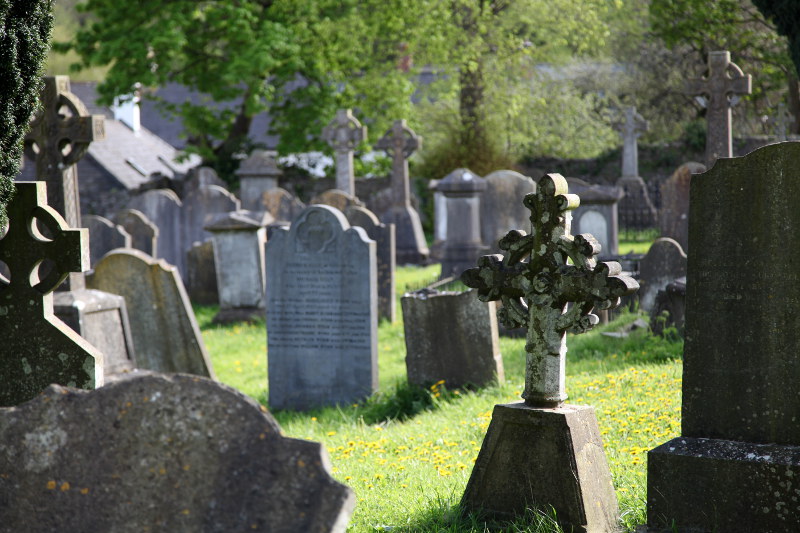

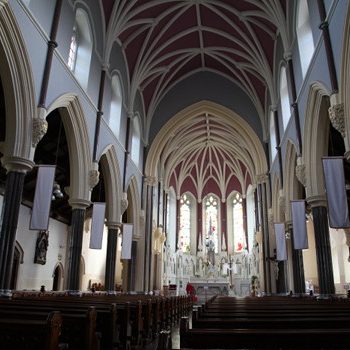
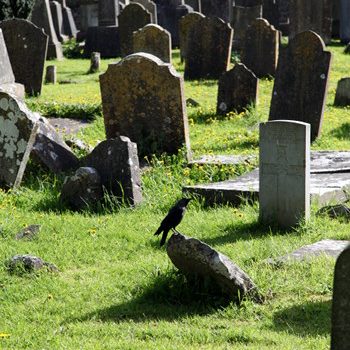
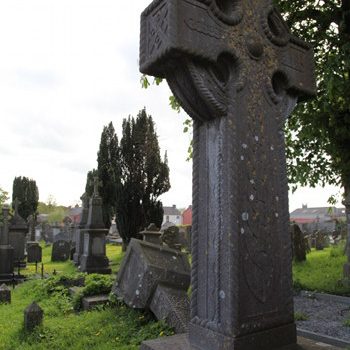
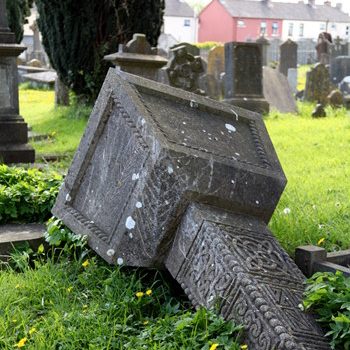

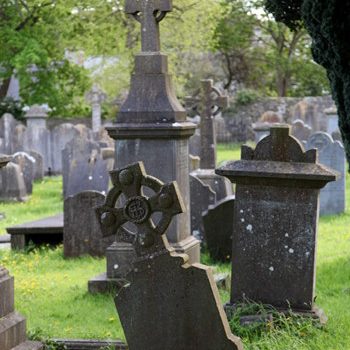

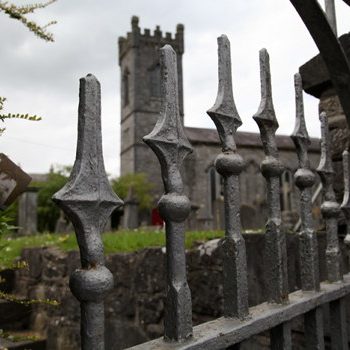
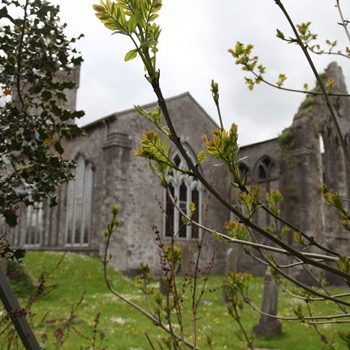
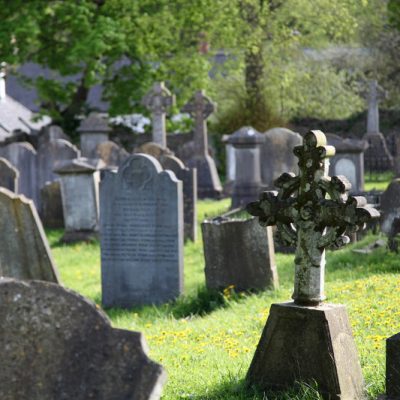
0 comments on “St. John’s Priory, Presbytery, Churchyard”Add yours →